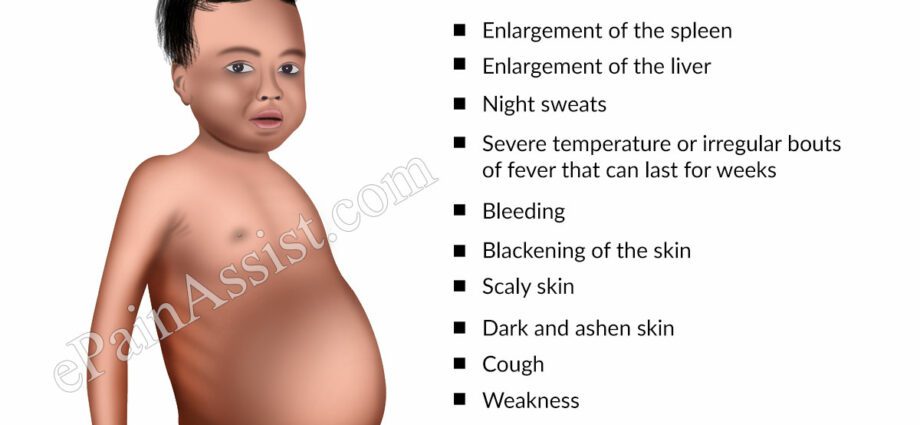Symptoms of leishmaniasis
Symptoms depend on the form of leishmaniasis. Often, the bite goes unnoticed.
- Cutaneous leishmaniasis : the cutaneous form is manifested by one or more painless red papules (small protruding buttons), embedded in the skin, then ulcerating, then and covering with a crust, giving way after months of evolution to an indelible scar. If the face is the first affected (hence the name “Oriental pimple”), the cutaneous form can also affect all the other areas of skin discovered.
- Visceral leishmaniasis : if the cutaneous form is easily identifiable, it is not always the same for the visceral form which can go unnoticed. So-called “asymptomatic” carriers (without any observable sign) are therefore frequent. When it manifests itself, the visceral form is manifested first of all by a fever of 37,8-38,5 for two to three weeks, by a deterioration of the general condition, pallor, emaciation and fatigue, oscillating fever, difficulty in breathing (from lack of red blood cells), character disturbances, nausea and vomiting, diarrhea, as well as an increase in the size of the liver (hepatomegaly) and spleen (splenomegaly), hence the name visceral leishmaniasis. Careful palpation finds small disseminated lymph nodes (lymphadenopathy). Finally, the skin can take on an earthy gray appearance, hence the name “kala-azar” which means “black death” in Sanskrit.
- Mucosal leishmaniasis : leishmaniasis is manifested by nasal and oral lesions (infiltrated lesions, perforation of the nasal septum, etc.), progressively destructive with a risk to life in the absence of treatment.










